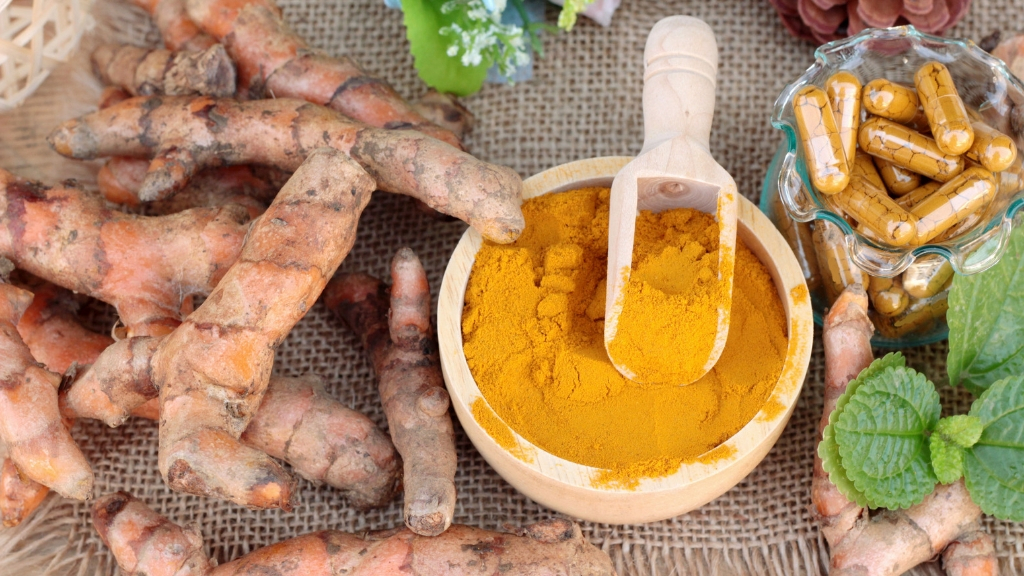How to Fight Osteoarthritis Flare-Ups Naturally and Keep Joints Comfy
8 minute readOsteoarthritis is a common condition that affects the cartilage protecting your bones and joints. Sadly, this condition is degenerative, which means the damage done cannot be reversed.
It is the inflammation associated with the disease that causes all the trouble, but the good news is that inflammation, and osteoarthritis symptoms, can be controlled. Here is what you need to know about osteoarthritis, the ways in which flare-ups happen, and what you can do to mitigate symptoms.
Origins of Flare-ups
A flare-up is a sudden influx of symptoms, and, thankfully, you can make lifestyle choices that keep these minimal. For the most part, an osteoarthritis flare-up is temporary, and they can be triggered by any number of situations. The more you know about them, the easier it is to reduce your pain and work to promote optimal joint health.
| Related: How to Prevent Carpal Tunnel, Identify It, and Get Relief |
Injury to the affected area is the most common reason for a flare-up. This is different from rheumatoid arthritis, in which inflammation results from immune system changes.
The key difference between these two conditions is important for understanding the best ways to deal with each type of flare-up. With rheumatoid arthritis, inflammation is the result, but with osteoarthritis, it is the cause.
Excessive inflammation causes cartilage to break down, exposing your bones and joints. Without the padding that cartilage provides, bones can rub together, causing pain and a flare-up.

In addition to this, bone spurs can grow on worn out joints. If these come lose, a flare-up is inevitable.
Osteoarthritis flare-ups also can result from:
♦ Stress
♦ Repetitive movements
♦ Exercise-related injuries
♦ Cold weather
♦ Infections
♦ Weight gain
It is important to understand the symptoms of a flare-up because identifying them helps you to treat them quicker. The quicker you can treat a flare-up, the better you can minimize potential damage and protect the health of your joints.
| Related: Joint Supplement Label Tips & Tricks: Get the Best Joint Relief |
Watch for swelling and increased joint pain as well as restricted movement and fatigue caused by increased pain.
Because a flare-up is temporary, it is important to treat them. You want to do as much as you can to prevent permanent damage to your joints.
The flare-up does not in itself signal that your osteoarthritis is getting worse, but ignoring one will certainly contribute to that result. With a long-term management plan with lifestyle changes, osteoarthritis flare-ups can be controlled, and you can avoid disability while improving your quality of life.
Take Control of Your Joint Care
Knowing that an osteoarthritis flare-up is manageable is the first step to minimizing joint pain and boosting joint health. The damage done may be irreversible, but there is much that you can do to prevent the flare-ups that can make things worse.
Of course, there are a number of medications designed to ease pain and swelling, but the best approach to managing flare-ups is with lifestyle changes.
Wear Braces
Braces and other support devices help to protect your joints, while helping you to perform daily functions with less strain on your joints. You can also use assistance devices, such as grabbers, to prevent you from strenuous actions.

| Related: Boswellia Serrata: A Natural Painkiller Stronger Than Ibuprofen |
Supporting easier movement keeps you active without risking additional damage to an already infected area.
Keep Moving
The braces will help keep you active which are an important part of minimizing flare-ups. Regular exercise keeps your bones strong and your joints lubricated, which reduces the risk of damage.
Exercise also increases the muscle mass that surrounds your joints, which provides an additional layer of protection.
Get in the Water
If exercise is challenging due to severely damaged joints or weighing too much, try water exercises. The water helps to support your weight, so you can move more fluidly.
With time, your joints will gain strength and mobility and you can prevent flare-ups more effectively.
Lose Weight
Extra weight places additional strain on your body, specifically your joints. Your joints serve as shock absorbers. Unfortunately, when you are too heavy, these get worn out more quickly, which increases your pain and risk for more serious damage.
| Related: The Arthritis Diet: How to Eat Away Inflammation |
Losing weight will help to ease the pressure placed on your joints, and makes exercising and movements easier.
Hot and Cold Therapies
While it does not work for everyone, the use of heat or cold has been found to relieve osteoarthritis-related pains. Cooling seems to work better for more acute pains, and heat therapy is more effective for more chronic cases.
Specifically, topical anti-inflammatory ointments provide the most relief.

Supplemental Support
Supplements can help control inflammation and joint pain while boosting overall joint health. You want to get supplements that contain specific ingredients that target joint health.
Obviously, a supplement that contains all three of the key ingredients below will provide the most support for your aching joints.
Curcumin: The active ingredient in the spice turmeric, curcumin is the most beneficial way to relieve inflammation naturally. Be sure to get a supplement that has a more bioavailable version of curcumin to reap the most benefits.
Boswellia Serrata: Another natural compound that controls inflammation and also works as a natural pain reliever. The antioxidant, anti-inflammatory, and analgesic properties of this herb make it a must-have when it comes to caring for your joints.
Undenatured Collagen: This is the final ingredient you want to look for in a joint health supplement. Because your joints consist of collagen and this protein deteriorates with arthritis and as part of the aging process, it becomes necessary to obtain more from an outside source.
This form of collagen provides more effective joint support than chondroitin and glucosamine, which are the typical ingredients for joint supplements.
Dietary Changes
With inflammation being the trigger for osteoarthritis flare-ups, you need to go right to the source for an effective solution. Following an anti-inflammatory diet is a great way to keep inflammation controlled, and your joints free from pain.

The best anti-inflammatory foods are berries, nuts, ginger, pineapple, broccoli, spinach, avocados, and green tea.
The Bottom Line
Osteoarthritis can interfere with your quality of life. Flare-ups may be temporary, but the pain can be debilitating. By understanding the nature and causes of these flare-ups you can stay one step ahead.
Make the necessary lifestyle changes to boost joint health, prevent flare-ups, and keep you moving through life at whatever speed you want.












